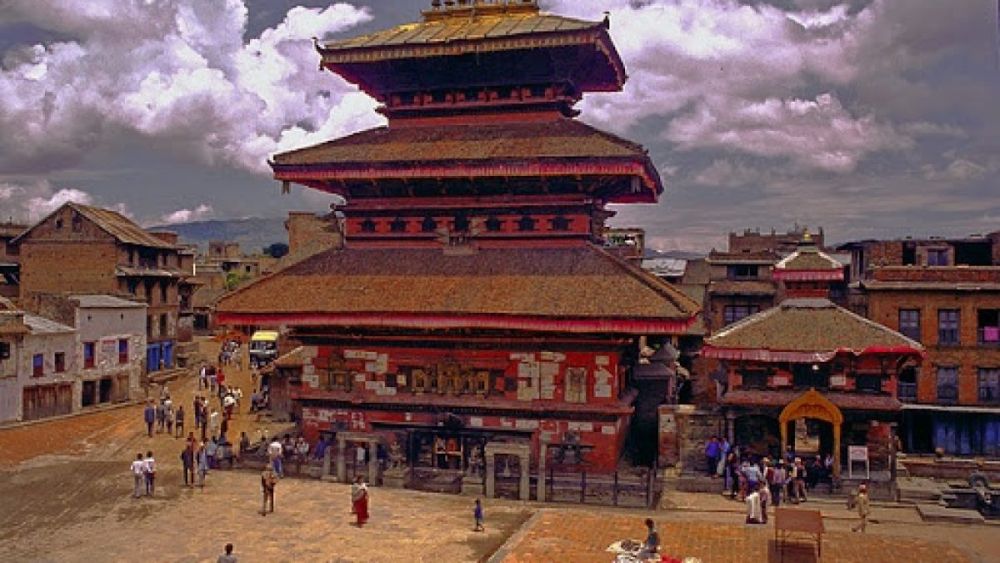

Bhairavnath Temple is one of the gems of Bhaktapur, an ancient city located in the Kathmandu Valley of Nepal. Dedicated to Bhairav, the fierce manifestation of Lord Shiva, the temple stands as a testament to the rich cultural history and architectural heritage of this region.
The history of tourism in Bhaktapur and around the Bhairavnath Temple dates back to the 8th century when the city was founded by King Ananda Deva Malla. However, the current structure of the Bhairavnath Temple is relatively newer, with its origins dating to the early 17th century. It was built by King Jagat Jyoti Malla and later reconstructed by King Bhupatindra Malla after it was damaged by an earthquake in the year 1715.
The temple's strategic location in Bhaktapur's Taumadhi Square has made it a focal point for tourists and pilgrims alike. Over the centuries, Bhaktapur evolved into a thriving centre for art, culture, and religion, which drew visitors from around the world.
Architecturally, the Bhairavnath Temple is a marvel, featuring the Pagoda style that is characteristic of Nepalese temple design. It originally was a one-storey structure but was later enhanced to three storeys to tower proportionately near the massive Nyatapola Temple. Its wood carvings and metalwork are fine examples of the craftsmanship prevalent during the Malla dynasty and are a major draw for visitors interested in art and architecture.
In April 2015, a devastating earthquake hit Nepal, causing severe damage to many historical sites, including some structures in Bhaktapur. The Bhairavnath Temple fortunately survived with less damage compared to others. This resulted in an outpouring of support for rebuilding efforts, renewing interest in the city's tourism and preservation of its heritage sites.
In recent years, sustainable tourism has gained momentum in Nepal, with more tourists seeking to engage with local communities and partake in cultural experiences. This includes attending festivals at Bhairavnath Temple, such as Biska Jatra, which is celebrated with much fervor every year. Visitors can enjoy traditional music, dances, and a chariot procession during this time.
Another growing trend is the integration of digital advancements in the tourism sector. Virtual tours, online booking systems for guides and local homestays, and the use of social media for promoting lesser-known sites have all contributed to an increase in tourism in Bhaktapur.
Furthermore, with the global emphasis on health and wellness, many come to Bhaktapur seeking Yoga and Meditation retreats, finding solace and spiritual rejuvenation amidst its ancient temples and serene atmosphere.
Bhairavnath Temple embodies the rich cultural tapestry of Nepal and remains a beacon for tourists seeking to explore the history, spirituality, and beauty of Bhaktapur. Whether you are an admirer of history, a lover of art, or a spiritual seeker, Bhairavnath Temple has something to offer for everyone.
Finally, for those looking to explore, remember to respect local customs and traditions and support the conservation of this remarkable heritage site so that it may continue to be enjoyed by future generations.